Understanding the role of museum in societal development
[ad_1]
MUSEUMS are agents of power. They are repositories of power and they reflect the state of hegemony which is very useful for cultural diplomacy.
As a result of their place in the society, museums have acquired new roles, responsibilities and opportunities such as stimulating knowledge, economy, attracting talents, generating job opportunities, positioning towns and regions as tourism destinations and elevating civic pride.
Museums become more prominent as power platform when they amplify and accelerate cultural change and contribute to cultural intelligence among the great diversity of citizens, visitors, policy makers and government agencies.
It’s undeniable that museums possess power in abundance, making their collections available to people around their communities.
Museums can be used in achieving Sustainable Development Goals (SDGs), Innovate on digitalisation and accessibility and build communities through education.
In order to look at how they help in achieving SDGs, we must first understand what SDGs are. SDGs are call for actions by all countries to promote prosperity and protect the planet.
Museums are, therefore, strategic partners in the implementation of SDGs of the United Nations. As key actors in societal development, they contribute to a wide variety of goals which include boosting social economy and disseminating scientific information on environmental challenges.
In fact, the National Museum, Osogbo is not left out in carrying out these goals and has contributed immensely on these goals in health, economic development, improving social change and financial wellbeing of people in the community.
The National Museum, Osogbo carries out her environmental sanitation every Wednesday at the Osun Osogbo sacred grove. This is to enable proper hygiene among the staff and visitors.
Also, under SDGs’ poverty alleviation programmes, the National Museum, Osogbo through its Educational Services and Training Department, introduced soap making and adire making under her acquisition programmes for youths, secondary schools students, widows and people with special needs.
The museum also serves in innovating digitalisation and accessibility. Here, it is understandable that museums possess the power to make their collections available to people around their communities and the world at large. The period of COVID-19 had a great effect on museum and other cultural sectors, and to keep the institution alive, museum professionals need to diversify the mode and channel of communication to reach the audience. These might include reaching online visitors through websites, digital contents, among others.
The museum also helps build the community through education, since the community is a supportive social group in which members feel a sense of belonging and share a common interest, experience or goals.
Therefore, education plays vital roles in any museum and its environment.
Some of the roles include to promote awareness of public activities, develop creative capabilities of the audience, that is, visitors, interpret museum collections to all categories of people, promote museum institution as centre for public learning, among others.
- Adedokun is Chief Museum Education Officer, National Museum, Osogbo.
[ad_2]
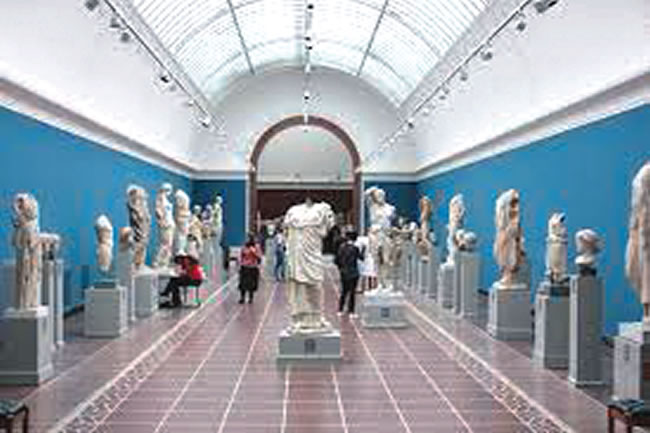

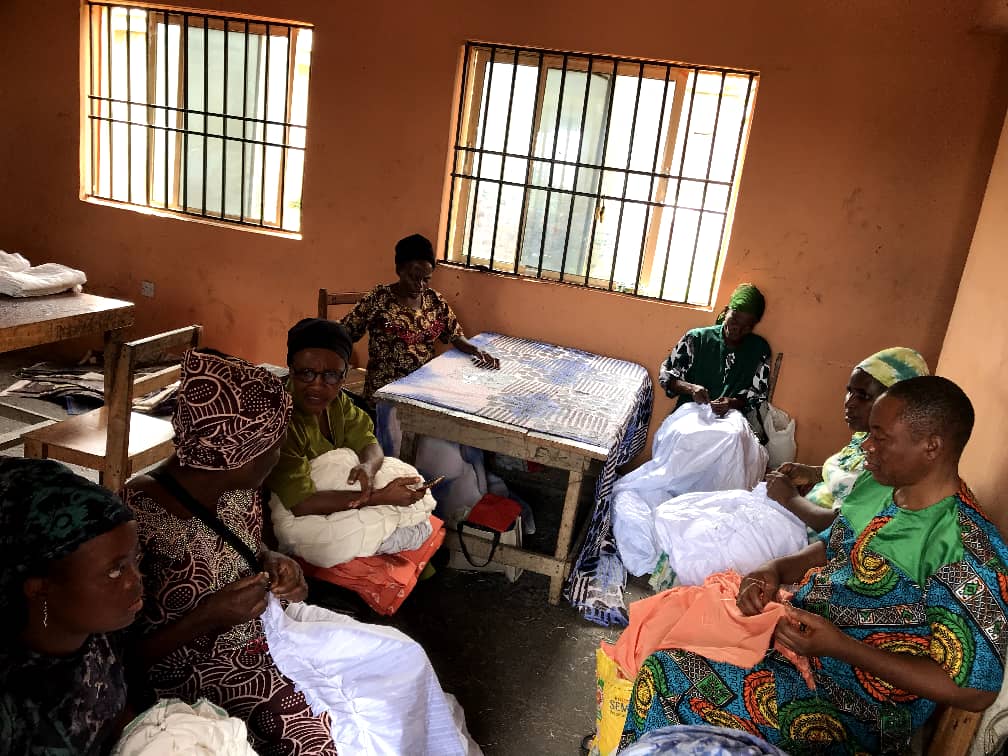
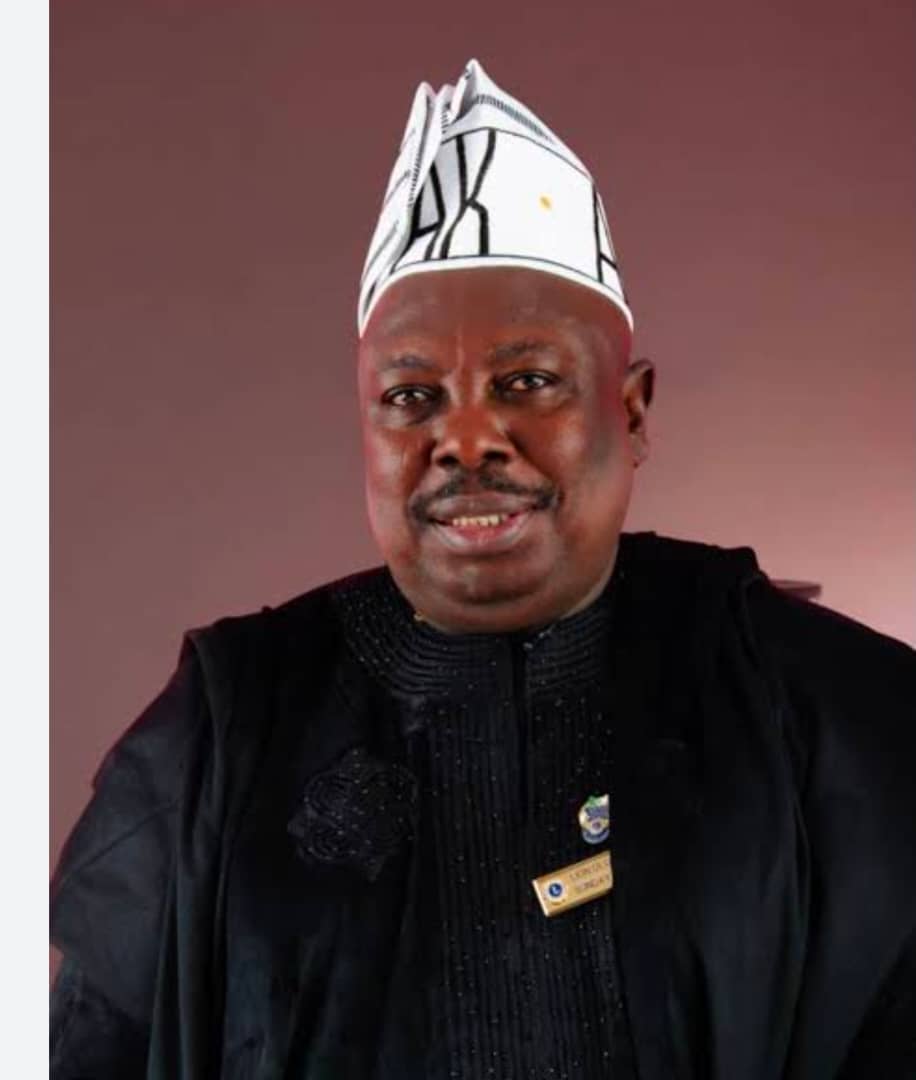





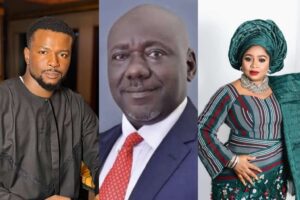


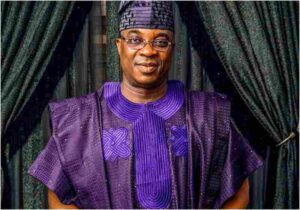


Post Comment